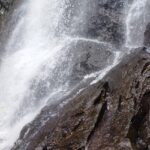Krabi, a province on Thailand’s Andaman coast, is a paradise for scuba diving enthusiasts. With its crystal-clear waters, coral reefs, and diverse marine life, Krabi offers special underwater experiences. Scuba diving in Krabi promises adventures that will leave you in awe of the ocean’s beauty. From the famous Phi Phi Islands to the hidden gems of Koh Haa, divers can explore sites suitable for all skill levels. The warm tropical waters, averaging 28°C (82°F) year-round, make for comfortable diving conditions. With over 200 coral and 100 fish species, Krabi’s underwater world is a kaleidoscope of colours and shapes.
Factors That Affect Scuba Diving
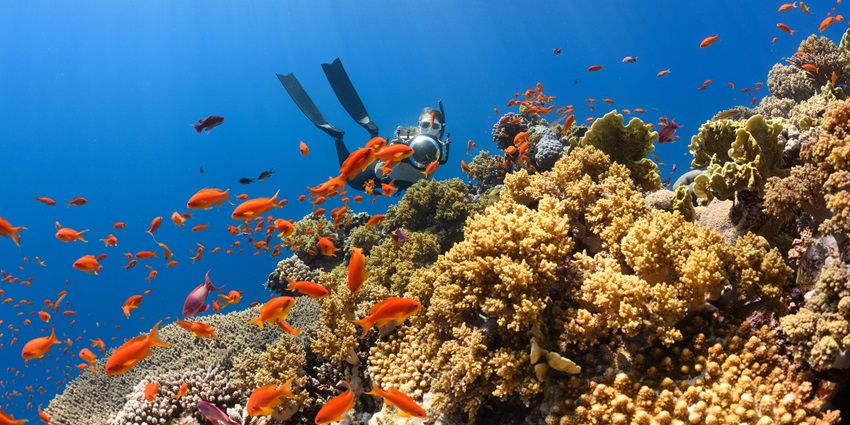
Photo: NEOM / Unsplash / Image For Representation Only
Scuba diving in Krabi, Thailand, is influenced by several factors, that can affect the quality and safety of the diving experience. Here are some key factors to consider:
- Weather Conditions
- Sea Conditions
- Water Temperature
- Tides and Currents
- Experience Level
Suggested Read: Top Places For Krabi Snorkelling On Your Next Thai Trip
5 Popular Scuba Diving Destinations In Krabi
1. Ao Nang Islands
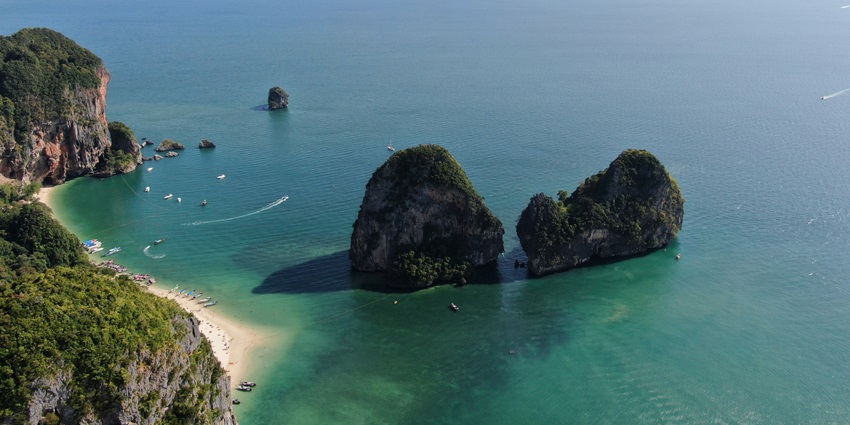
Photo: Chris A. Tweten / Unsplash
In the Ao Nang Islands, divers have access to an extensive range of dive sites and operators in the area. The best time to visit Ao Nang Islands is during the dry season from November to April when the seas are calm and visibility is at its best. Some of the standard diving operators here are The Dive Ao Nang, Sea Gypsy Divers, Railay Dive, and Sawasdee Divers. At Ao Nang Island, you can find some amazing marine life which are seahorses, neon nudibranchs, pipefish, leopard sharks, barracudas, reef fish, and lazy hawksbill turtles. The rock islets, with their slopes, walls, restaurants, and more varied diving locations.
Minimum Depth Level: 5 to 8 metres
Maximum Depth Level: 25 to 30 metres
2. Koh Haa Yai
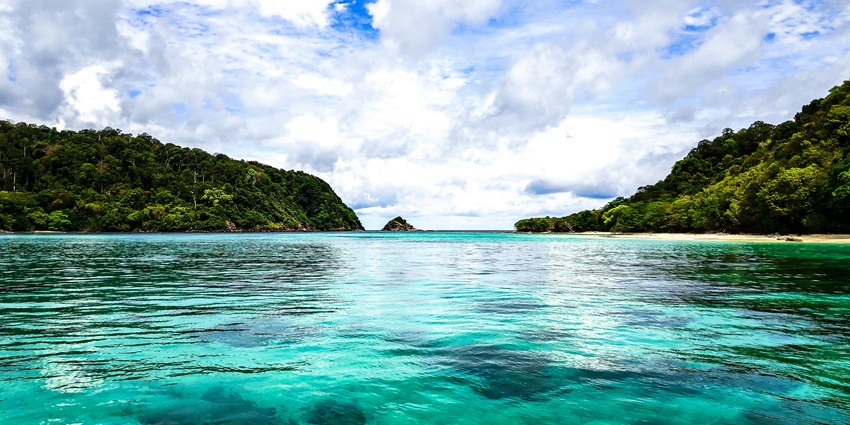
Photo: Sittipong Haus / Unsplash
The biggest of the Haa islands is Koh Haa which has six beautiful uninhabited limestone islands 16 km west of Koh Lanta, inside the Koh Mu National Park. Divers come to Koh Haa Yai to visit the three vast caverns here, where two are interconnected, and the third one is called the Cathedral. Koh Haa diving site is famous for Tigertail Seahorse, Hawksbill Turtle, Bluespotted Ray, Spotted Garden Eels, Pipefish, Gosthpipefish, Barracuda and Banded and Sea Snakes. Whale Sharks might be spotted all year round even though Koh Haa is a diving site, or you might find yourself swimming around with leopard sharks and groupers.
Minimum Depth Level: 5 to 10 metres
Maximum Depth Level: 30 to 35 metres
Suggested Read: Top Islands Near Krabi For Your Next Surreal Trip In Thailand
3. Hin Daeng Hin Muang
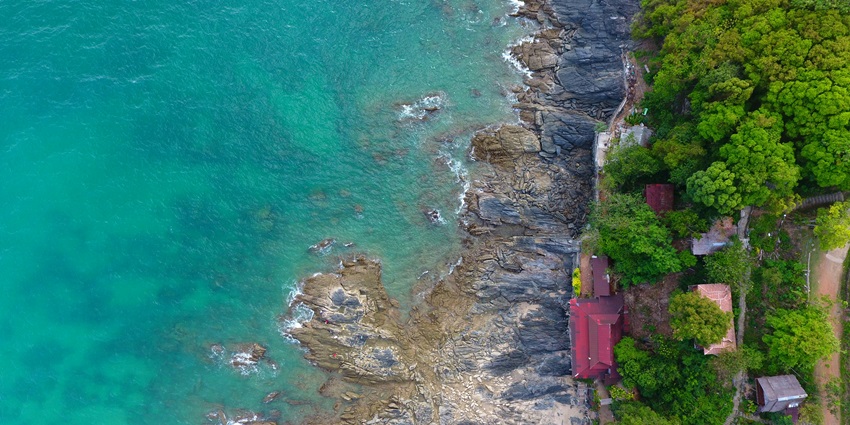
Photo: Humphrey Muleba / Unsplash / Image For Representation Only
These scuba sites are within the Mu Koh Lanta National Marine Park. Its remote location, far from any human settlement or island in the area, makes Hin Daeng and Min Hin Muang the best diving spots in Thailand. Hin Daeng, known as the Red Rock, and Hin Muang, known as the Purple Rock, are famous sites for divers who usually have an excellent time on these two isolated rocks in the open water. Here, you can encounter grey reef sharks and leopard sharks, along with soft corals.
Minimum Depth Level: 5 to 10 metres
Maximum Depth Level: 50 to 70 metres
4. Ko Bida Nok
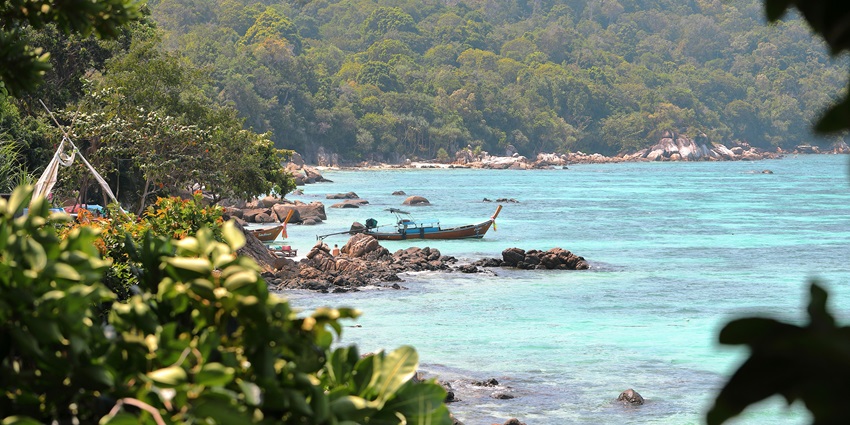
Photo: Maksim Shutov / Unsplash / Image For Representation Only
Koh Bida Noik is one of the best dive sites in the Phi Phi Islands. It is located on the outer, southeastern end of the Phi Phi Islands archipelago and is also one of the best snorkelling sites in the region. The underwater topography is diverse, with sandy bottoms, sloping reefs, a great wall, small caves and large crevices, and a great selection of hard and soft corals. The marine life is also some of the best in the region, where the fish life is abundant with big schools of snappers, trevallies, and tuna and is littered with many different anemone fish, surgeonfish, and butterfly fish.
Minimum Depth Level: 5 metres
Maximum Depth Level: 30 metres
Suggested Read: Best Water Sports In Krabi
5. Koh Bida Nai
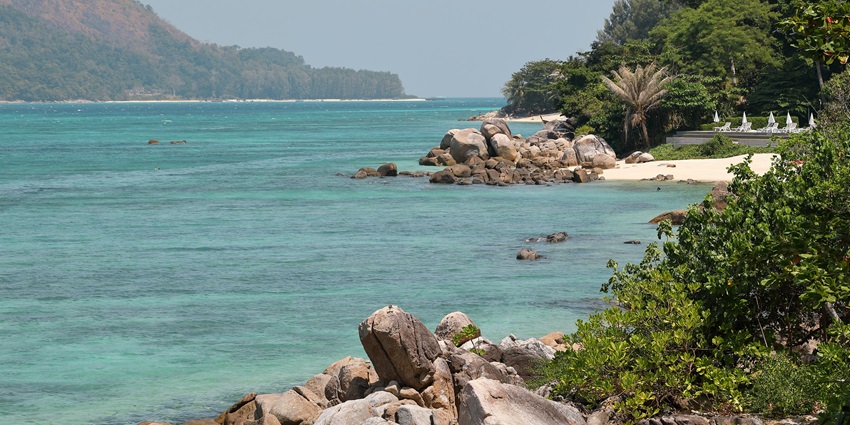
Photo: Maksim Shutov / Unsplash / Image For Representation Only
Koh Bida Nai is the sister island to Koh Bida Nok and a part of the Phi Phi National Park, which is located 1 km south of the Phi Phi islands. A beautiful swim-through on the southeastern side provides divers with a picturesque view of soft corals, moray eels, shrimps, parrotfish, wrasse, Moorish idols, butterflies, angelfish, and other reef fish. This dive site can be a little difficult for the first-time diver, so it is often considered for the second dive when travelling to Phi Phi.
Minimum Depth Level: 5 metres
Maximum Depth Level: 30 metres
Price For Scuba Diving In Krabi
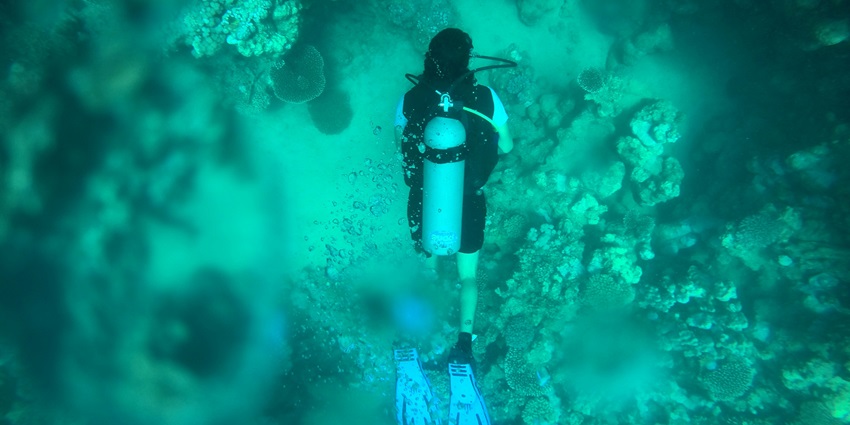
Photo: Simon Infanger / Unsplash / Image For Representation Only
The price of scuba diving in Krabi could be estimated with a minimum budget of 3,000 THB / ₹7,000 and the maximum budget for scuba diving in Krabi could be estimated at 15,000 THB / ₹36,000.
Suggested Read: Top Things To Do In Krabi For A Lush Green Holiday
Scuba diving in Krabi is a must-do activity for underwater enthusiasts. From the whale sharks at Hin Daeng to the reefs of Ko Bida Nok, each site offers unique treasures waiting to be discovered. The region’s commitment to marine conservation ensures these underwater wonders will continue to thrive for future generations. If you are planning a trip to Krabi soon, opt for a personalised itinerary withTripXL today!
Cover Photo: NEOM / Unsplash / Image For Representation Only


 WhatsApp
WhatsApp
 Twitter
Twitter



